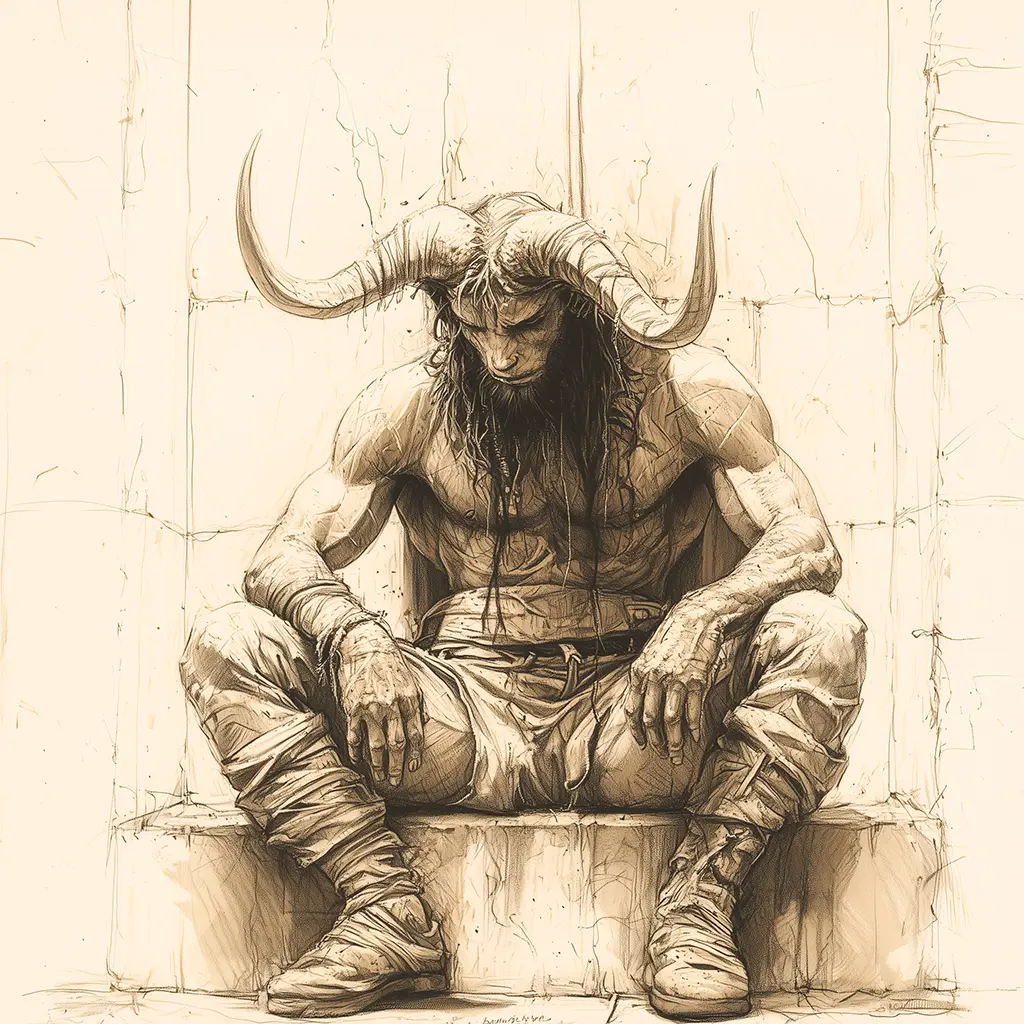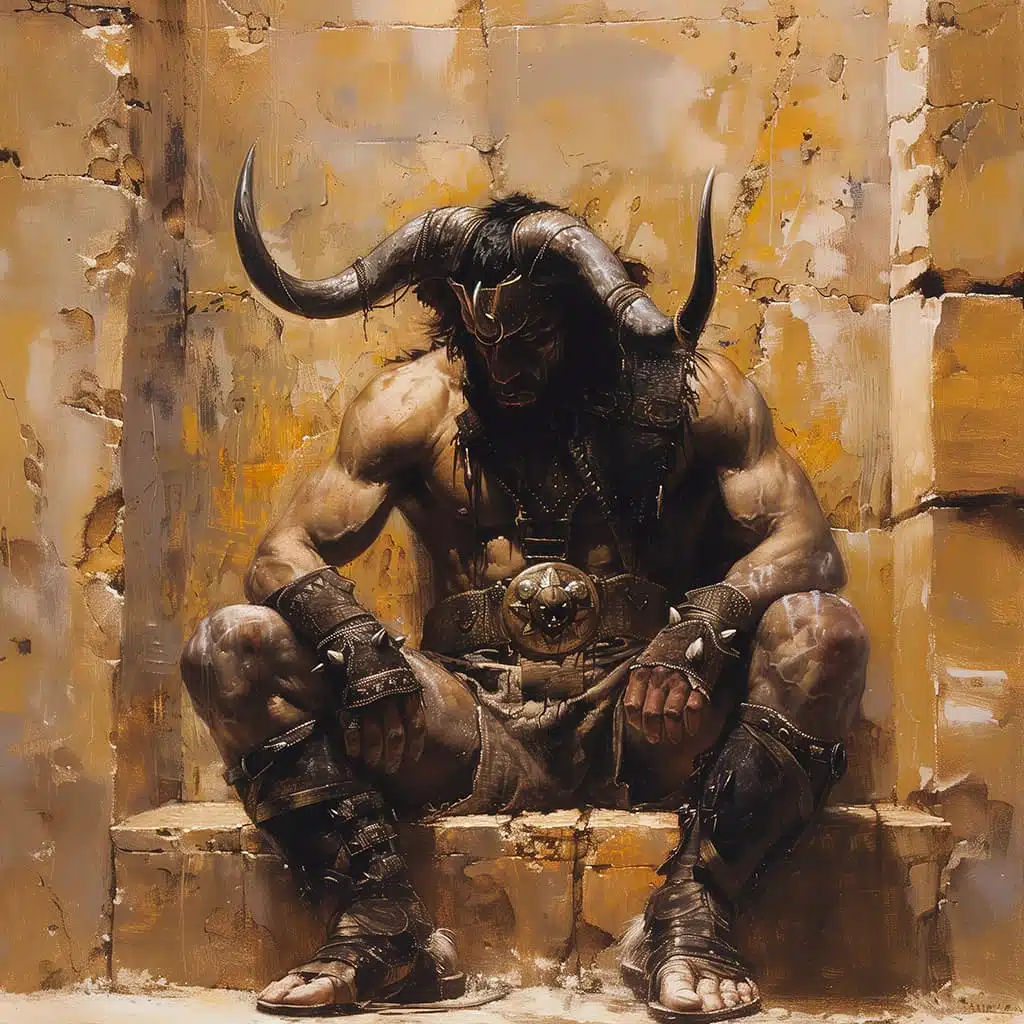Jorge Luis Borges: Three Versions of Judas. Summary and analysis
In “Three Versions of Judas” (Tres versiones de Judas), Jorge Luis Borges tells the story of Nils Runeberg, a fictional Swedish theologian who devotes his life to studying the figure of Judas Iscariot. In his works, Runeberg develops a series of theories that radically reinterpret Judas’ betrayal, first claiming that his act was a necessary sacrifice in the divine plan and, finally, that Judas was an incarnation of God. As he delves deeper into his thinking, Runeberg moves away from religious orthodoxy, is condemned by theologians, and ends up in tormented isolation. His last work, ignored by all, argues that God’s sacrifice had to be absolute, including infamy and eternal damnation, and that this is why he decided to be Judas. Convinced that he has revealed a divine secret that should not be known, Runeberg goes mad and dies alone after wandering the streets of Malmö.





